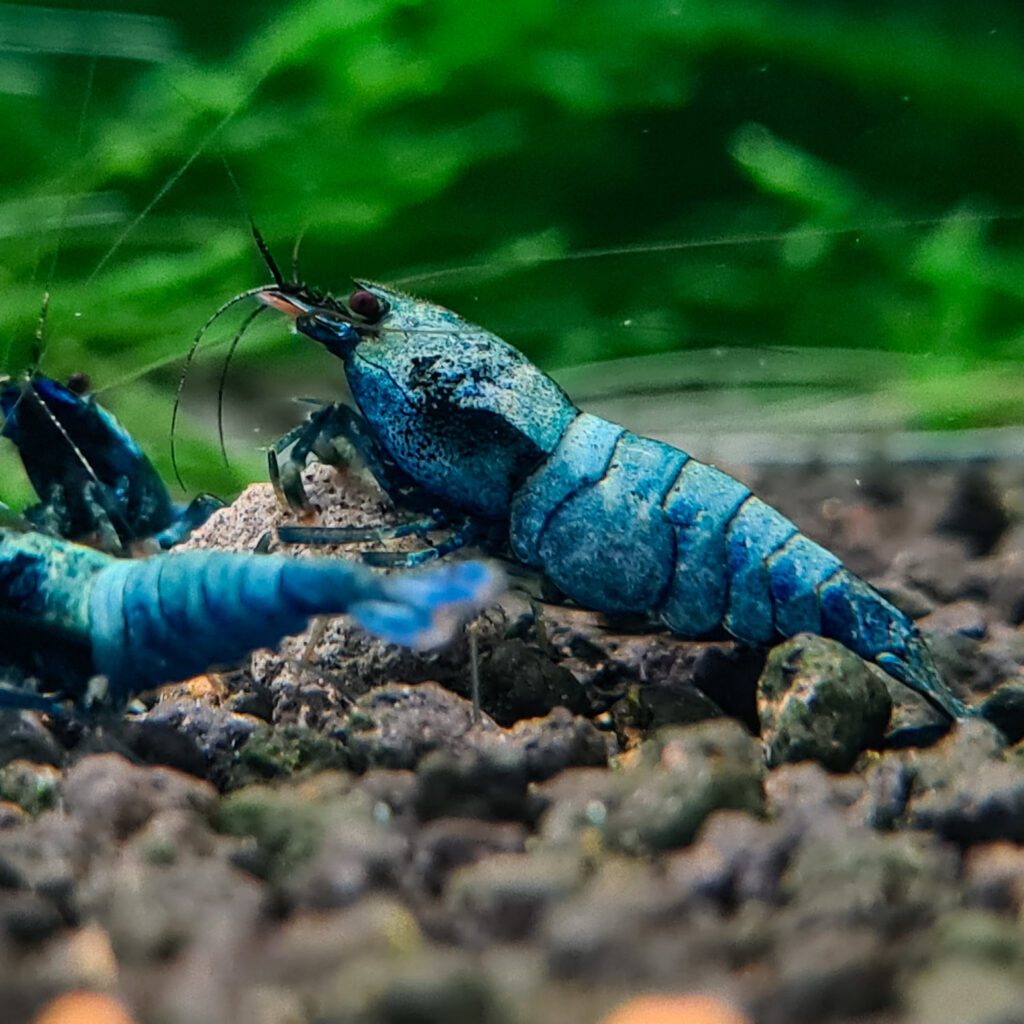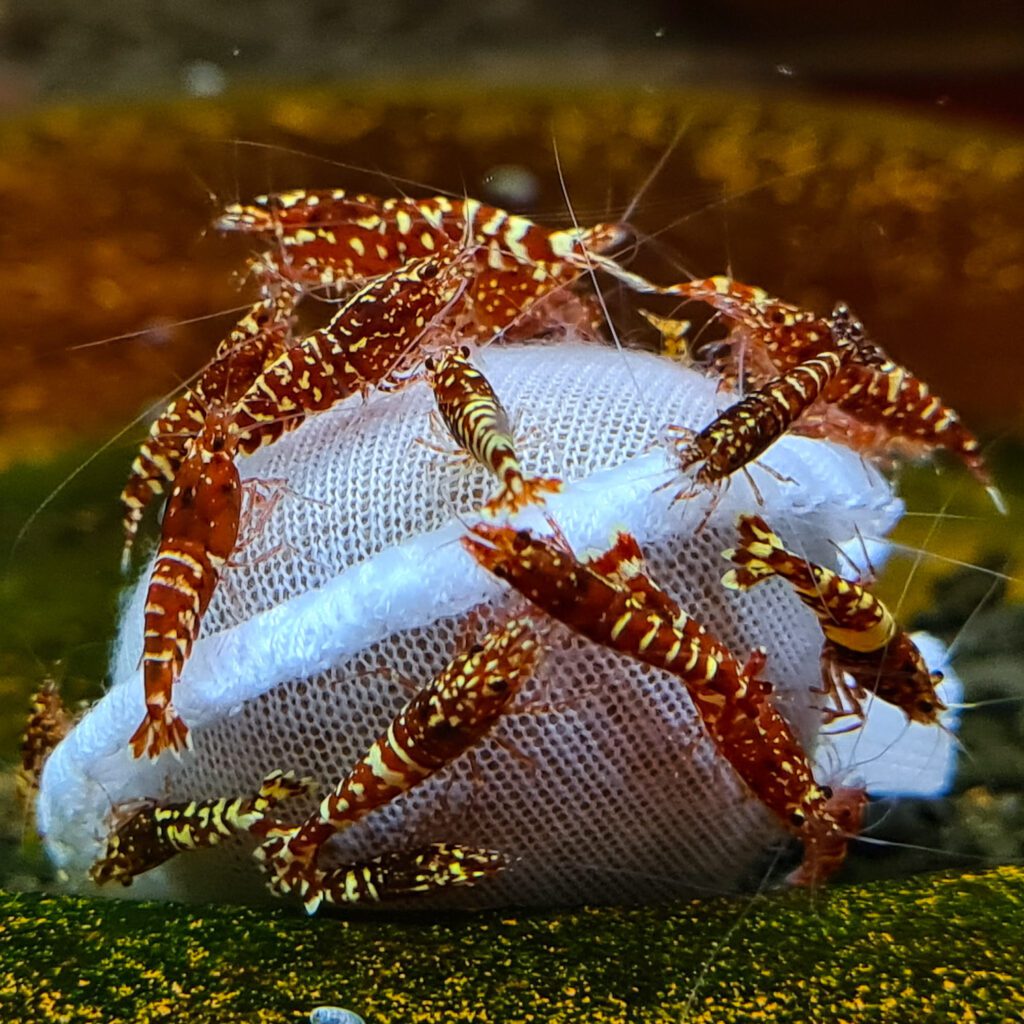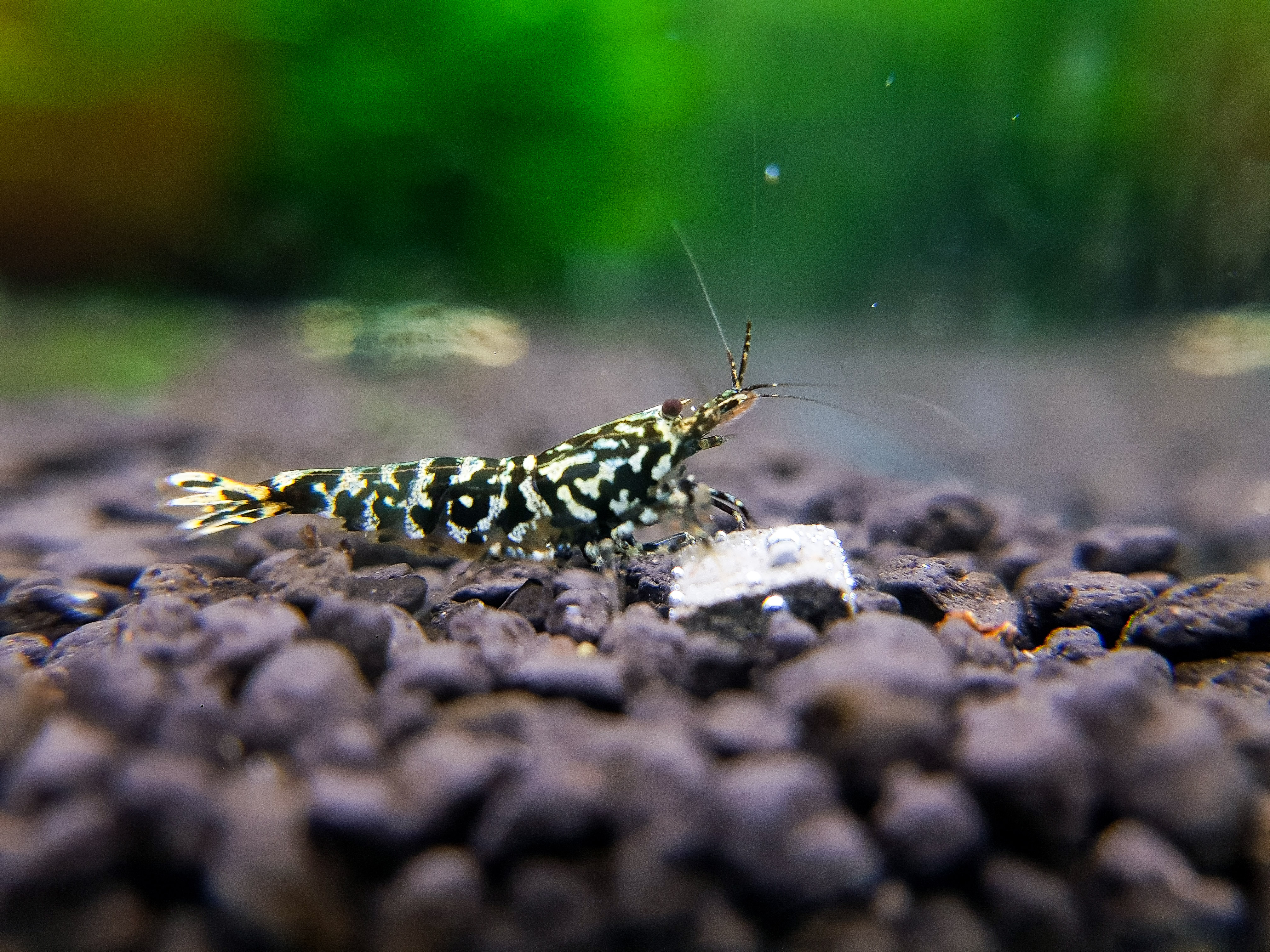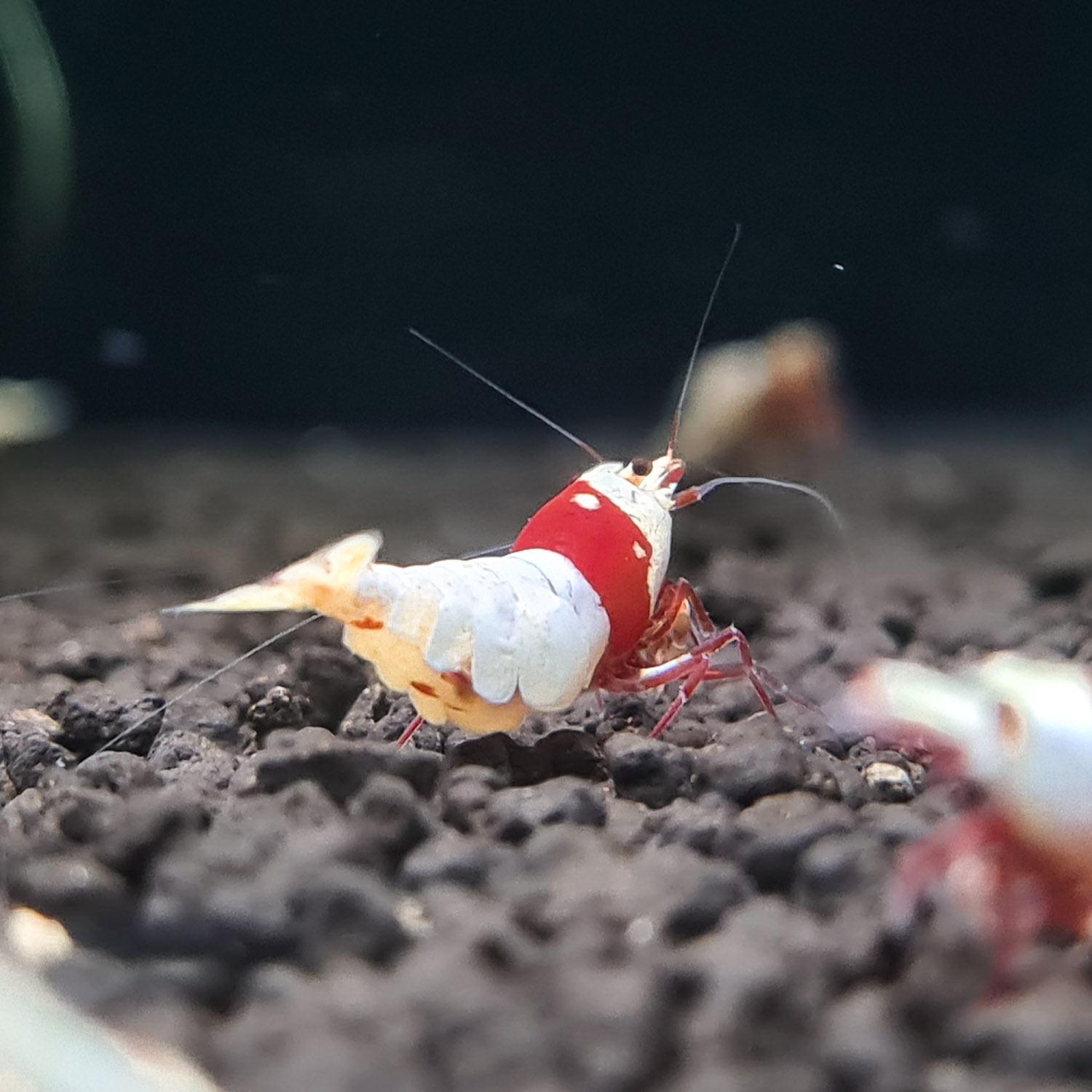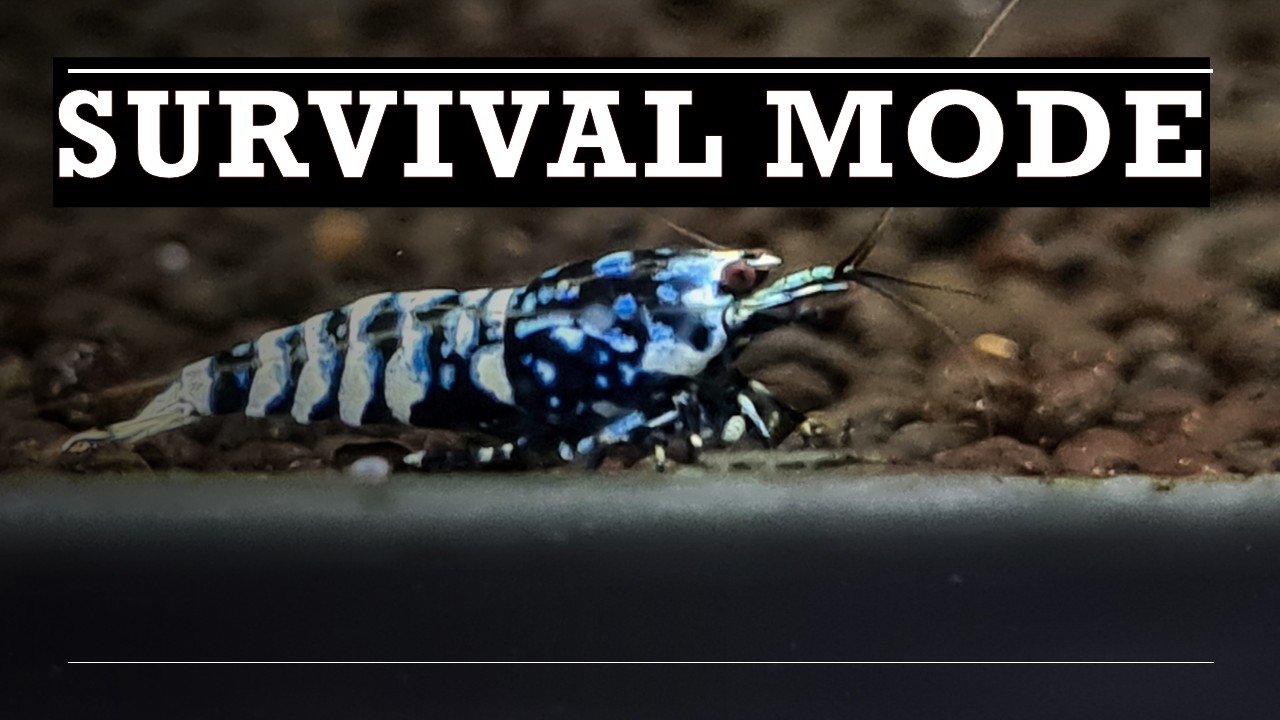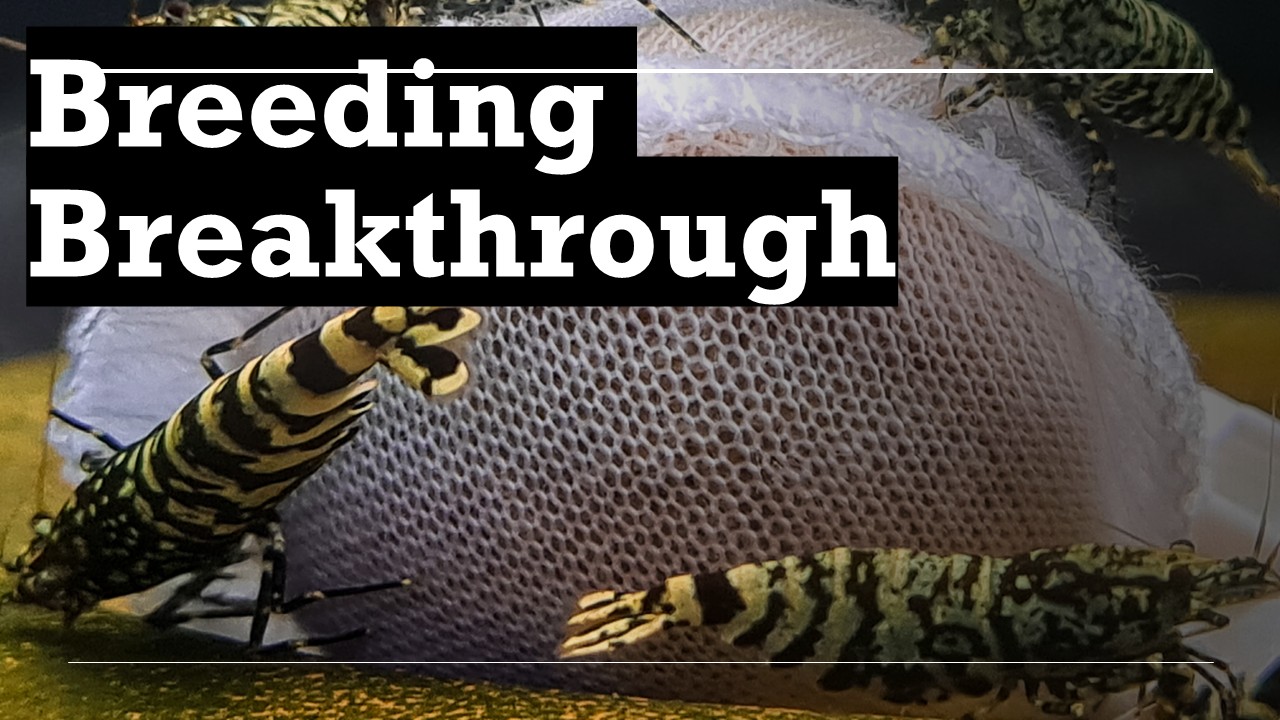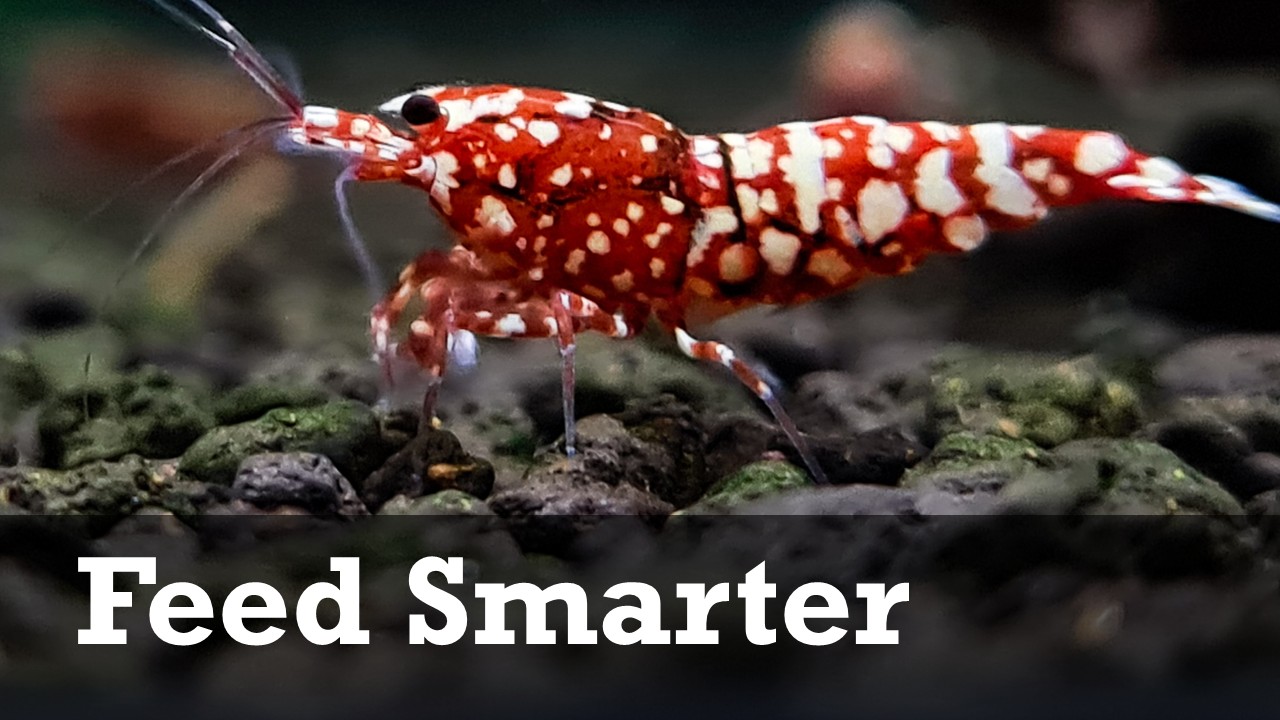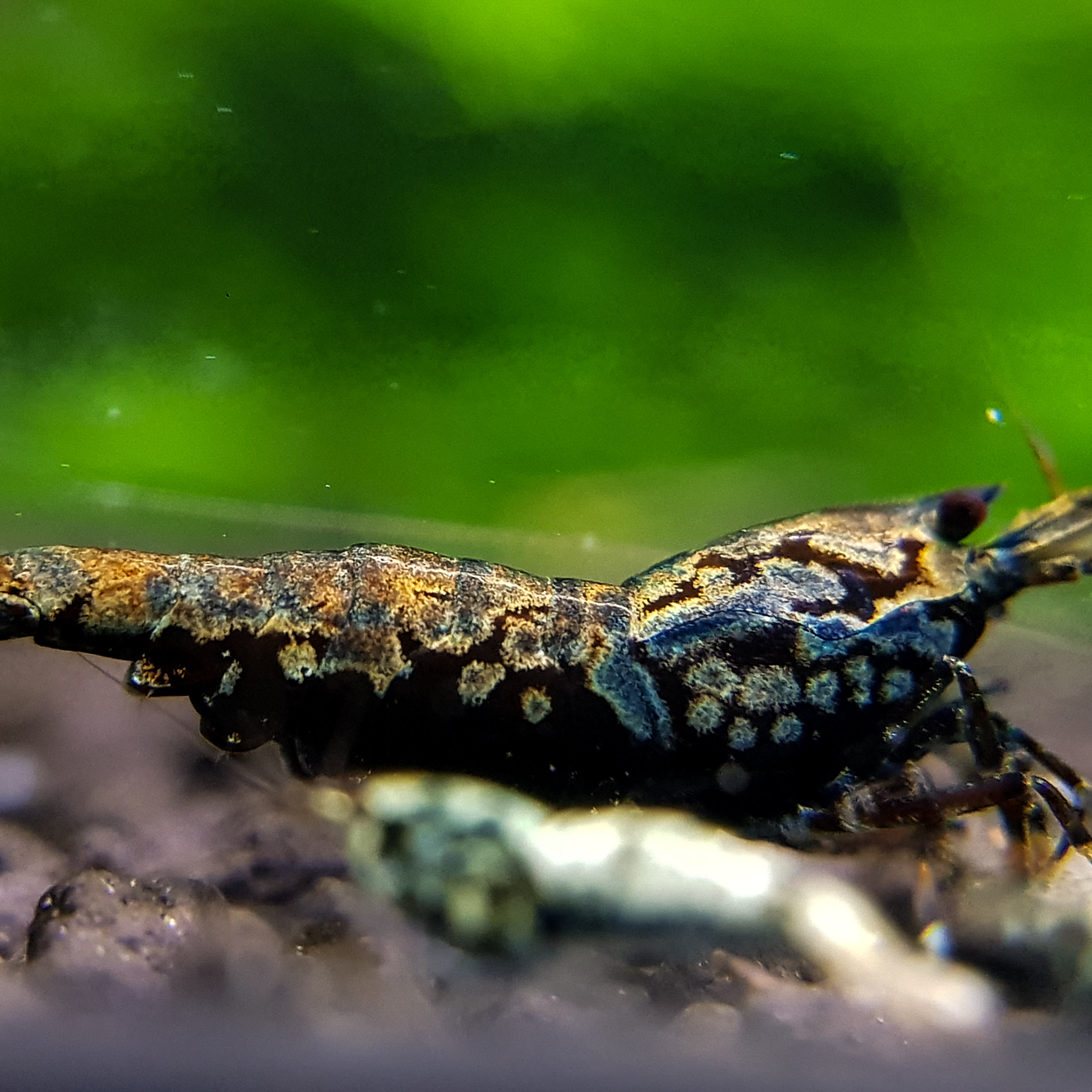
Intro
As a hobbyist or enthusiast, the question of whether having more tanks leads to better shrimp breeding is often asked. Over the years, my own journey has taken me from managing 12 tanks to over 100. But does scaling up equate to better results, faster learning, or higher-quality shrimp? In this post, I will share the insights I’ve gained from my experiences and explore how the number of tanks impacts learning, efficiency, and selective breeding. Along the way, we’ll look at time management, automation, costs, and the complexities of scaling up in the shrimp breeding hobby.
The Journey of Scaling Up Tanks
Does More Tanks Lead to Better Shrimp?
When I first began my shrimp breeding hobby, I started with just 12 tanks. As my experience grew, I gradually expanded to over 100 tanks. The question I often asked myself was: does having more tanks result in better-quality shrimp, or is it merely a numbers game?
The answer, after many years of experience, is: Not necessarily.
Time: The Most Valuable Resource
One of the most significant factors when scaling up is time. More tanks mean more maintenance and time spent on daily tasks like water changes, resetting tanks, and managing the overall system. While you may expect that more tanks will lead to better breeding, the time required to manage them efficiently can quickly become overwhelming.
For example, with 12 tanks, a weekly water change and reset process might take approximately 5 full days in a year. Scaling up to 100 tanks could mean dedicating an entire month annually just for water changes. Therefore, scaling up isn’t always practical unless you have the time—or the means to automate the process.
Automation and Semi-Automation: Efficiency Is Key
As the number of tanks increases, the need for automation becomes critical. Initially, I started with semi-automation, using gravity-fed water discharge systems. Later, I transitioned to faster DI systems, which helped reduce the time required for both water changes and top-ups.
Incorporating automation allows for a more sustainable expansion, reducing the burden of manual tasks, which are essential to maintain a hobby that should remain enjoyable.
Tracking: Managing Multiple Tanks
Another challenge with scaling up is tracking. With 12 tanks, it’s easier to remember when each tank was last reset or cleaned. However, once you hit 100 tanks, manual tracking becomes too complex. That’s why using tools like Excel spreadsheets and automated dashboards to track tank conditions, water changes, and other critical data becomes essential.
By implementing systems to track progress, hobbyists can easily monitor their setup and anticipate when maintenance tasks are due.
The Financial Impact: Are More Tanks Worth the Cost?
Scaling up comes with significant financial costs. The initial investment in setting up a larger tank system can be almost seven times higher than setting up 10 tanks. Beyond the tanks themselves, the costs for shrimps and other livestock also increase exponentially. However, this doesn’t necessarily mean that you won’t see returns in terms of learning and selective breeding—if managed well.
Learning: The Real Benefit of More Tanks
The most significant advantage of increasing the number of tanks is the learning curve. More tanks allow you to observe different shrimp behaviors, better understand breeding cycles, and refine your techniques. Over time, you’ll also become more skilled at managing the complexity of your setup.
Additionally, as you scale, you’ll begin to make more mistakes—each one teaching you something new. The ability to experiment with different shrimp strains, refine selective breeding processes, and improve your lines is a valuable learning experience.
Selective Breeding: Is Bigger Always Better?
Having more tanks may give you the space to practice selective breeding, but it doesn’t automatically make you a better breeder. Selective breeding requires discipline, consistency, and a well-thought-out process. Simply having more tanks doesn’t guarantee better outcomes unless you’re focused on specific breeding goals.
In my own setup, I do not selectively breed all shrimp types due to space limitations, but I do work on improving specific lines by removing shrimp with undesirable traits.
The Outcome: Quality Over Quantity
Ultimately, the quality of your shrimp and the efficiency of your breeding process will serve as indicators of whether your expansion strategy is working. If you find that your lifestyle cannot keep up with the maintenance of many tanks, it may be time to reassess your goals and methods.
Conclusion
In conclusion, more tanks don’t always equate to better results. While scaling up provides opportunities for learning and experimenting, it also introduces challenges like time management, financial costs, and maintenance complexity. Automation and proper tracking systems can help you manage a larger setup, but the key to success is understanding your own limits and carefully considering your goals for selective breeding and shrimp care.
How many tanks should you have? It depends on your dedication, resources, and passion. Personally, I recommend staying below 100 tanks to avoid the diminishing returns that come with larger setups. However, only through hands-on experience will you truly understand what works best for you.

